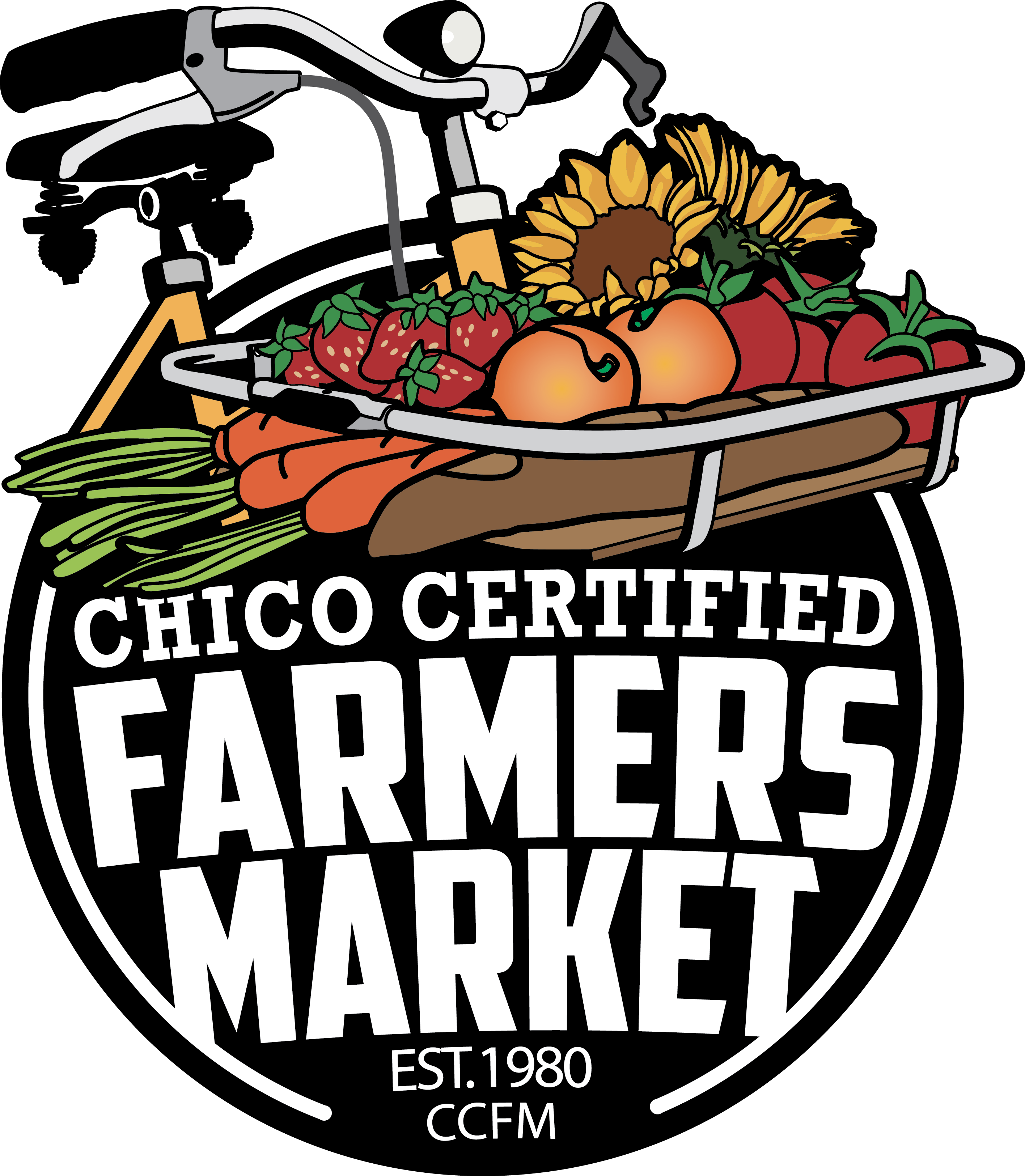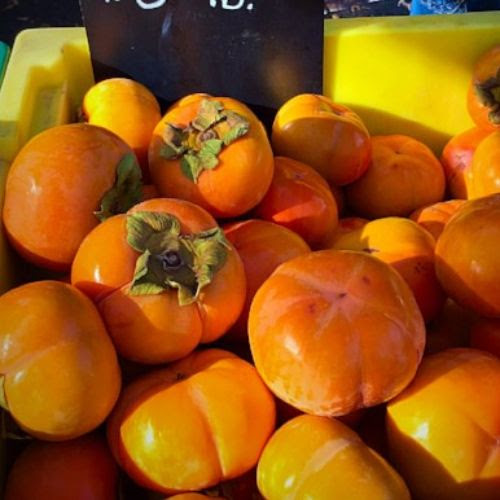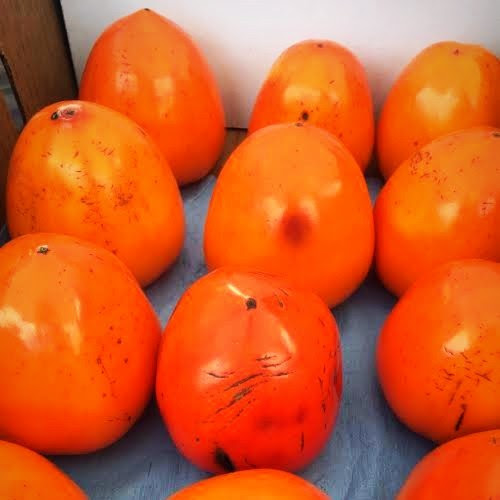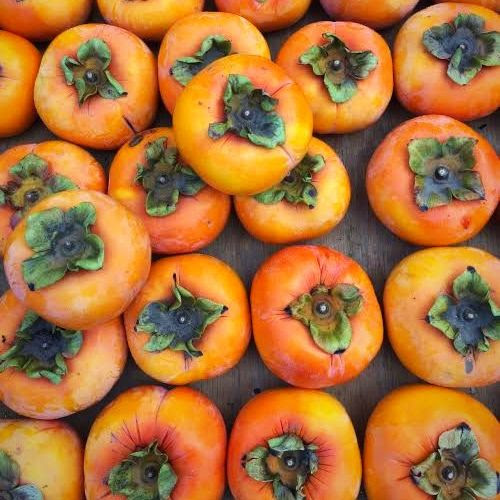It’s that time of year again! The time of year when those cute, plump, bright orange persimmon faces start popping up at the Chico Certified Farmers’ Market! This fruit, which is part of the berry family, boldly enters the scene every year around September or October, reminding us that we are solidly in the depths of fall. Persimmons are Native to Japan and China, but were first harvested in the United States in the 1950s. Often referred to as, “the fruit of the gods,” there are thousands of varieties of persimmon, but only two (distinctly different) types are widely available for consumption – the Hachiya and the Fuyu.
This fruit will test your patience, as they are best enjoyed perfectly ripe, but the good news is they will continue to ripen after they are picked! So now you know there are more than one type, but have you ever wondered what the difference in taste and application is, and just how to use the darn things? Keep reading: ahead is our yearly guide to ensure you will enjoy this abundant seasonal fruit this fall at the Chico Saturday Farmers’ Market!
- persimmon2
- persimmon4
- persimmon1
Which is Which?
Fuyu
Fuyu persimmons, the most common type in the U.S., are tomato shaped with flat bottoms, and can range from light gold to reddish orange. Generally, the darker the color, the sweeter the fruit. When ripe, they should feel heavy for their size and have the same characteristics of a ripe tomato. The fuyu is non-astringent, making it the variety for you if you want to enjoy a persimmon raw. They have a mild, sweet flavor and smooth texture.
Suggestions: remove the stem and eat like an apple, slice up and enjoy in a green salad, dry them in rounds for snacking later, or make a fall salsa!
Hachiya
Hachiya persimmons are heart or acorn shaped and, when perfectly ripe, will have nearly translucent skin and feel as though they are filled with water or gelatin. They are the astringent variety of persimmon and have high levels of tannins when unripe (much like a green banana) making them unpleasant to eat. However, when ripened to perfection, they have a sweet and creamy flesh that is nearly candy-like. These persimmons are generally harvested hard and left to ripen later. To use, remove the stem and scoop out the flesh. If they are not quite ripe, don’t worry! Just place them in a paper bag with a banana and wait up to a week. As soon as they are delicately soft, they are ready to use!
Suggestions: cut up and sprinkle over brie, use in baked good such as muffins or breads, or blend them up to make delicious sauces!



